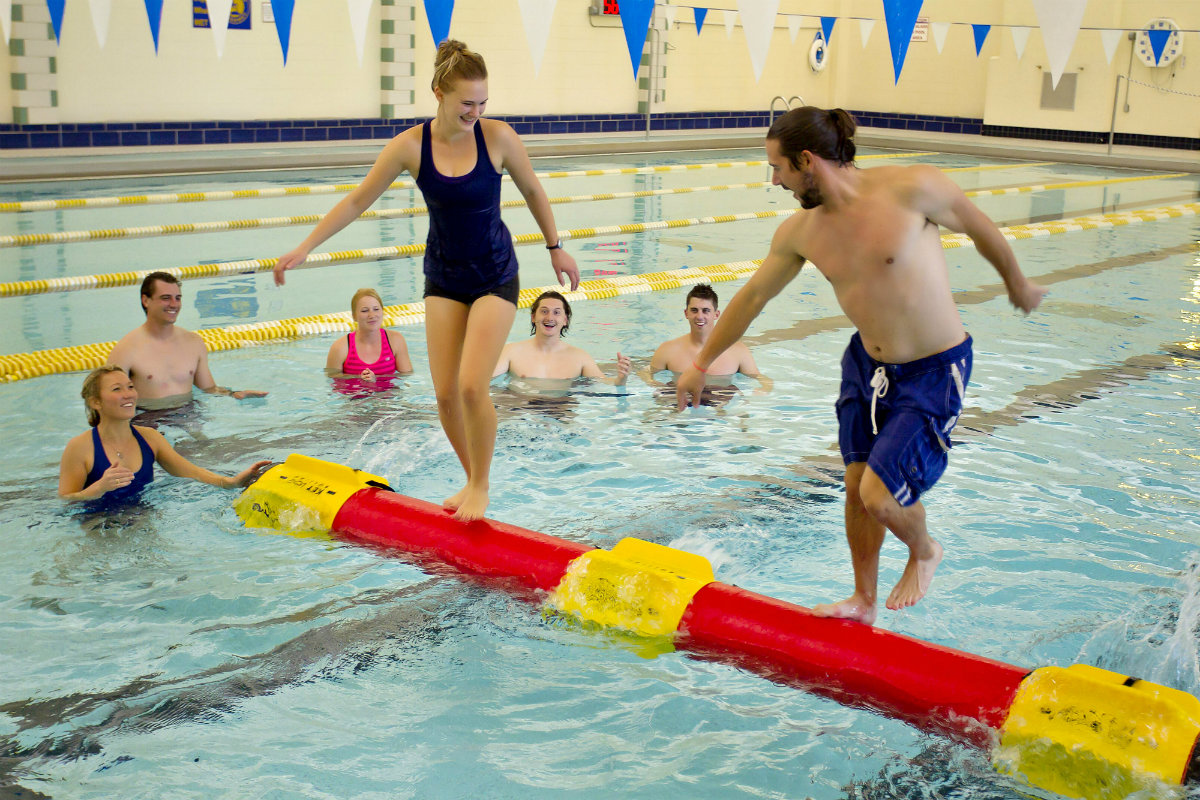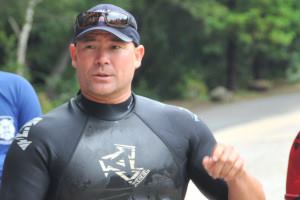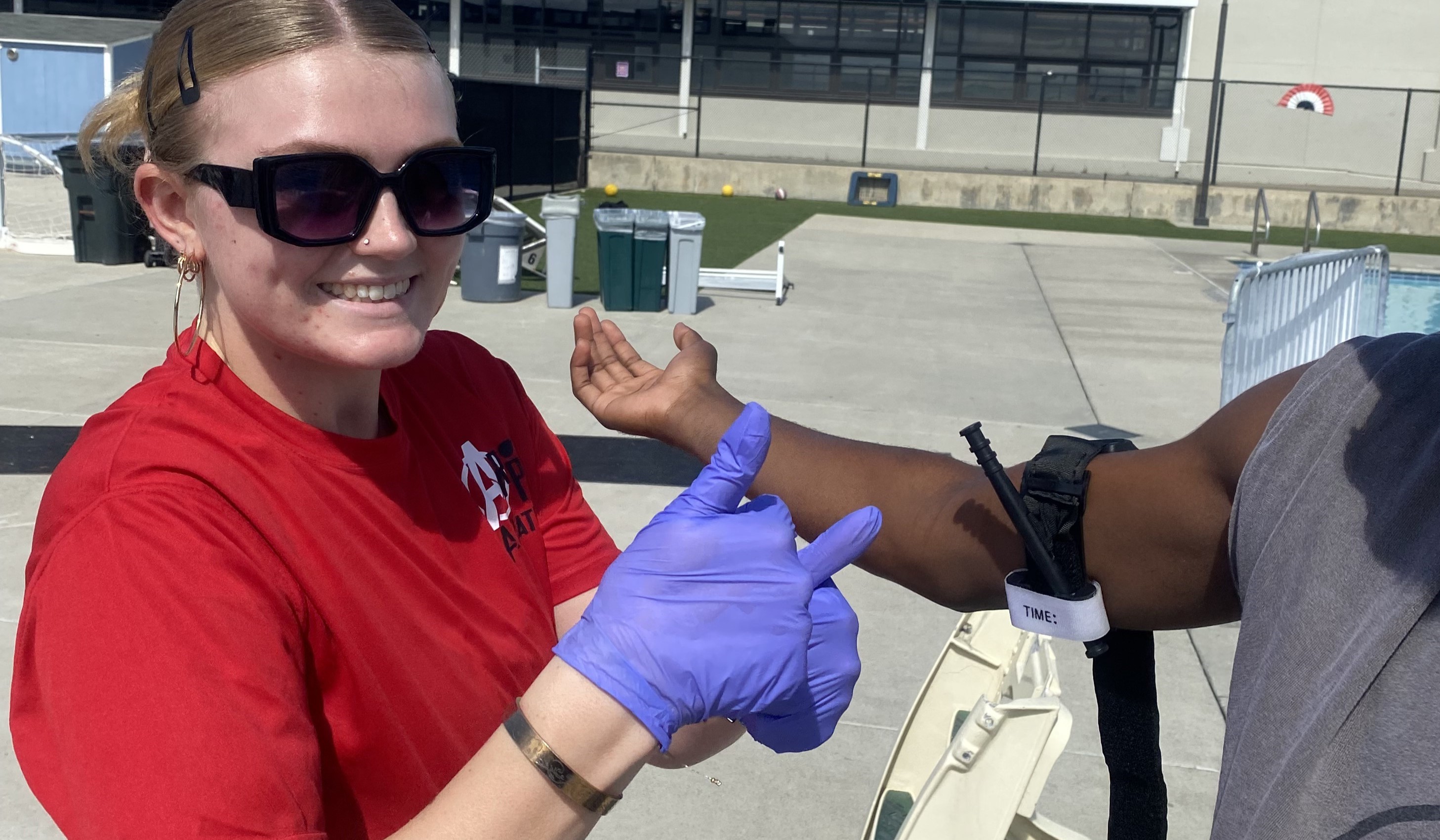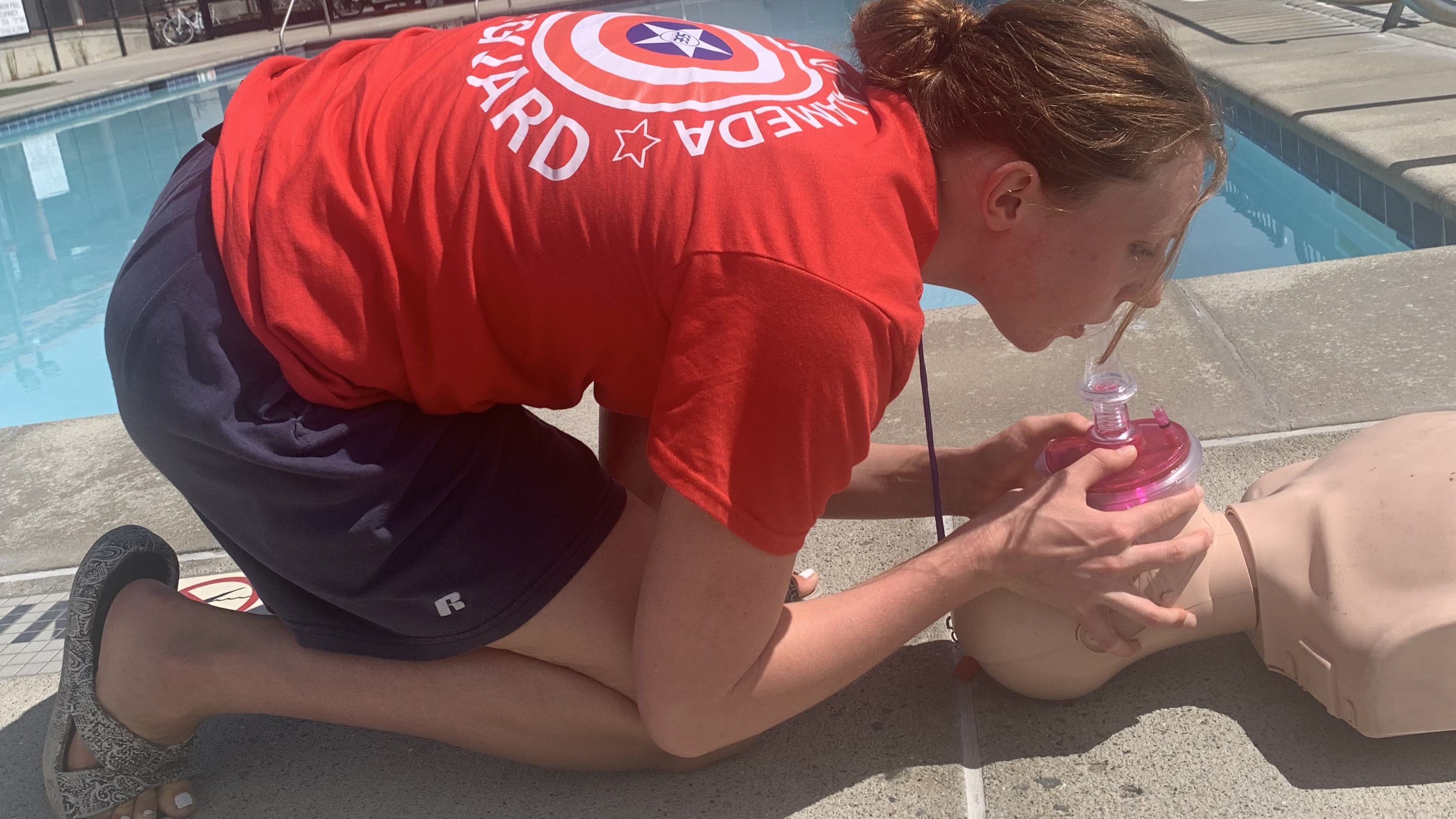Starfish Aquatics Institute developed what we call a “risk management model” that you can use to develop a safety system for any program or equipment you introduce. The simple framework includes five components: prevention; surveillance; response and rescue; emergency care; and workplace safety/expectations.
Place each risk you identified in the appropriate category, then determine the specific and feasible actions you can take to reduce it, using an “if this, then that” approach.
Prevention includes everything in place to keep injury, drowning or other foreseen risk from occurring. Every attraction and piece of equipment should be regularly inspected for hazards, and undergo ongoing cleaning and sanitizing. In addition, rules and operational procedures should be developed based upon your assessment.
The examples below will give you a sense of how this process works, so you can use the system yourself, deciding what is appropriate and feasible for your circumstances.
- If falling is likely, then place the equipment far enough away from hazards above, below, and to either side. Have a system for monitoring the depth if conditions will change over time.
- If there is an increased risk of drowning, consider mandatory use of lifejackets, prerequisite swim-skill screening and identification and access control to limit the number of people at a time.
If collision is likely, then consider
- Single use on each piece of equipment such as inflatable slides or exercise flotation
- Defined exit and entry points that flow in one direction
- Monitoring and restricting the number of people in the area
- Enforcing recommended body position for use, such as sit, lay, head-first or feet-first
- Identifying and marking drop zones — keeping others out and directing users to leave quickly
- Controlling dispatch and instructing every user every time
- Monitoring weight combinations and use by guests of similar size and strength
If new rules or procedures are needed, then determine the necessary signs, orientation, verbal instructions or other appropriate means of communicating this important information to all guests prior to use.
Surveillance refers to the methods put in place to be sure every area of the attraction or activity can be observed in a consistent and appropriate manner.
- If sight lines are obstructed, then adjust lifeguard zones or position of stations and verify that all areas can be seen with the new plan. Consider adding lifeguard positions that are dynamic, or moving, rather than static.
- If the bottom of the pool cannot be scanned, then implement strategies normally used to monitor users in turbid water, such as limiting the number of people so that they can be effectively and frequently counted by lifeguards or others providing surveillance.
- Response and rescue helps you identify how to modify your Emergency Action Plan based on the unique risks of the attraction or activity. For example:
- If weather can affect operations, develop policies for limiting use during wind, waves and currents, as well as creating an evacuation plan to quickly get guests off the equipment if appropriate.
- If usual communication signals cannot be heard on the attraction, then obtain and use alternate methods or equipment.
- If entrapment is a possibility, adapt rescue methods and practice scenarios.
Emergency care equipment: If an AED, CPR mask, emergency oxygen or first aid supplies will be delayed due to the activity, then consider placing an additional set near the attraction. Practice scenarios to be sure there are not unintended or unknown conditions are caused by the attraction or activity, such as lack of adequate space for care.
Workplace safety and expectations: This category helps you coordinate staffing levels, training, and enforcement policies that support your risk assessments.



